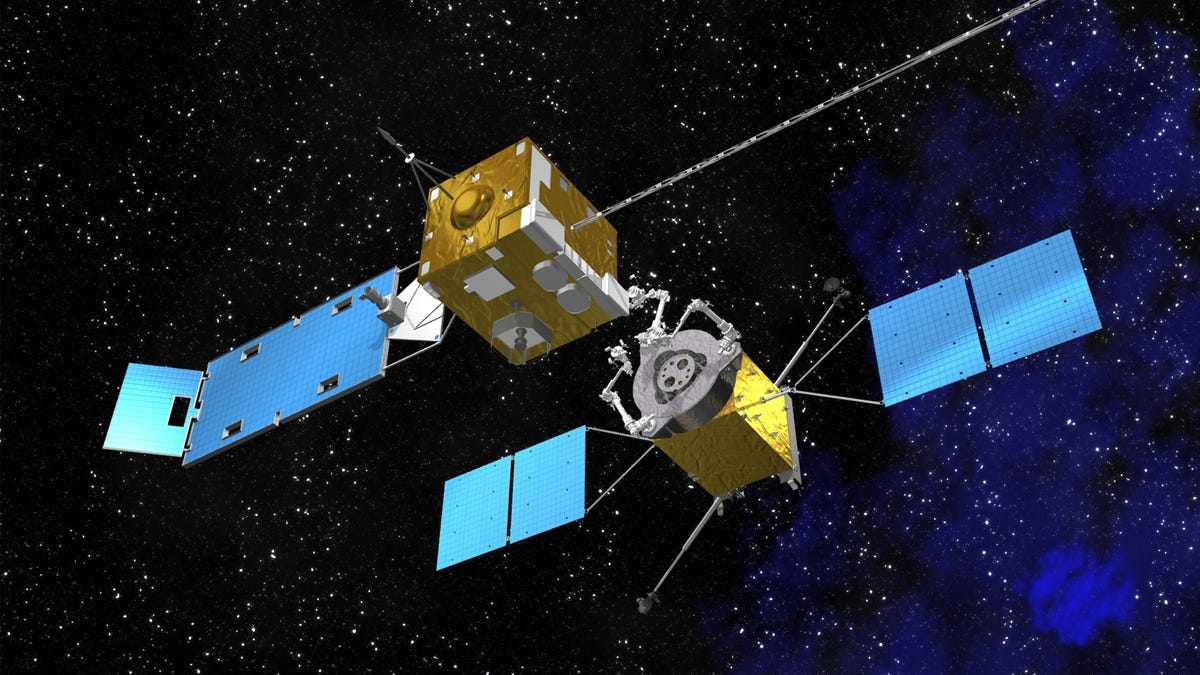Surgical robots tweaked to fuel satellites in space
John Hopkins researchers modify a robot normally used for surgery with the hopes of operating a robotic tanker to refuel satellites in space.

A remote-controlled robot may stop satellites in space from running on empty.
As part of a NASA project, researchers at John Hopkins University have modified a robotics console normally used in surgery so it could be used to operate a filling station in space. By refueling aging satellites, their owners can get more useful life out of their expensive hardware. If it works, satellites can be repaired or refueled without having to send out human repair crews.
John Hopkins was tapped to address the problem of operating the fuel tanker in space from Earth because of its experience in robotically-enhanced surgery. To pump in more hydrazine fuel, a device would need to slice the tape that holds down an insulating blanket on satellites. After loading the fuel, the cut tape would need to be reapplied to secure the blanket--steps that are similar to performing surgery with robots.
"When we looked into it, we found there are a lot of things from the research on the medical side could be used in space," said Peter Kazanzides, an associate research professor at John Hopkins' Lab for Computation Sensing and Robotics who is heading up the project. "You have to cut away this insulating blanket flap which is like making an incision in a patient."
Researchers modified a da Vinci Surgery robot where surgeons operate robotic arms from a console across the room. The system includes "augmented reality tools" that allow surgeons to see a magnified image of what they're operating on and prevents motions that could harm the patient.
For a telerobotic manipulator for satellite refueling, the console could include 3D CAD drawings and models of the satellite to aid the operators. Two John Hopkins graduate students recently did an initial test of the modified da Vinci system by remotely operating an industrial robot at a NASA facility.
One of the primary technical challenges is dealing with the time delay, which can be between two and seven seconds, between taking an action at the console on earth and an action taking place in space, Kazanzides said. The other is getting enough sensing equipment, such as cameras, but without weighing down the fuel station. "If you need 50 heavy cameras to make it work, you might not be able to afford the flight," he said.
Through the one-year program, NASA is hoping that a telerobotic system is feasible for commercial satellite providers.
Updated at 12:52 p.m. PT with corrected spelling for hydrazine.

